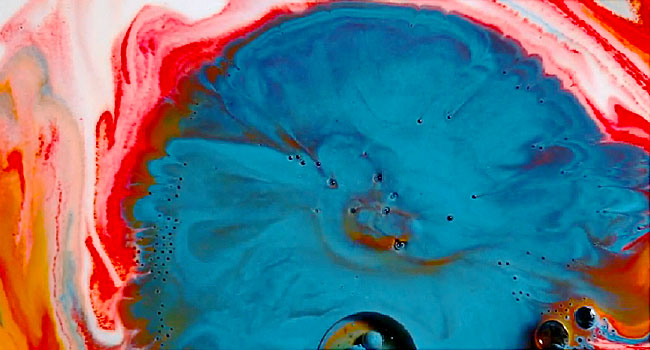Is Shock Therapy Returning for Bipolar Disorder?
FRIDAY, Sept. 25, 2020 (HealthDay News) — Over the years electroconvulsive therapy (ECT) — commonly known as “shock therapy” — has gotten a bad rap.
But new research out of Italy suggests that reputation may be unwarranted. Investigators found that among bipolar patients who fail to respond to standard treatments, ECT can be a lifesaver, preventing out-of-control mood swings and dramatically lowering suicide risk.
The study — among the largest of its kind — tracked 670 Italian adults who had ECT for bipolar disorder at a single psychiatric clinic between 2006 and 2019.
“Importantly, 84% of patients showing high risk of suicide before ECT were no longer considered overtly suicidal after treatment,” said lead author Dr. Giulio Brancati, a resident in clinical and experimental medicine at the University of Pisa.
“Overall, 72% of patients showed a good response to ECT,” Brancati added.
For about six in 10, ECT appeared to offer relief from an array of debilitating symptoms — including delusions, aggressiveness, uncooperativeness, emotional oversensitivity, physical hyperactivity and paranoia. Depression and anxiety were alleviated in just over one-quarter of the patients.
Based on the findings, Brancati said, “ECT should be considered a valuable treatment for severe episodic syndromes,” especially the kind of overexcitement, restlessness, hostility and suspiciousness that can arise when manic, depressive and psychotic symptoms intertwine.
The study team noted that bipolar disorder affects about 1% of the population. It can manifest as fits of mania and depression, leading to a profound sense of guilt and worthlessness, and a heightened risk for suicide.
About two-thirds of patients respond well to prescription drugs, including mood stabilizers and antipsychotics. The rest do not.
Enter ECT. Pioneered in Rome in 1938 by Lucio Bini, a psychiatrist, and Ugo Cerletti, a neurologist, it spread rapidly around the world. It works by generating a short-lived electrical seizure in the brain, and is typically administered two to three times a week as part of a regimen of six to 12 sessions.
Brancati conceded that its bad reputation was not unfounded.
“It is not false that ECT has been sometimes administered in untherapeutic, if not abusive, ways,” he said. For example, Brancati noted that the first electroshock patients were not medicated during treatment, “which often led to serious musculoskeletal complications.”



